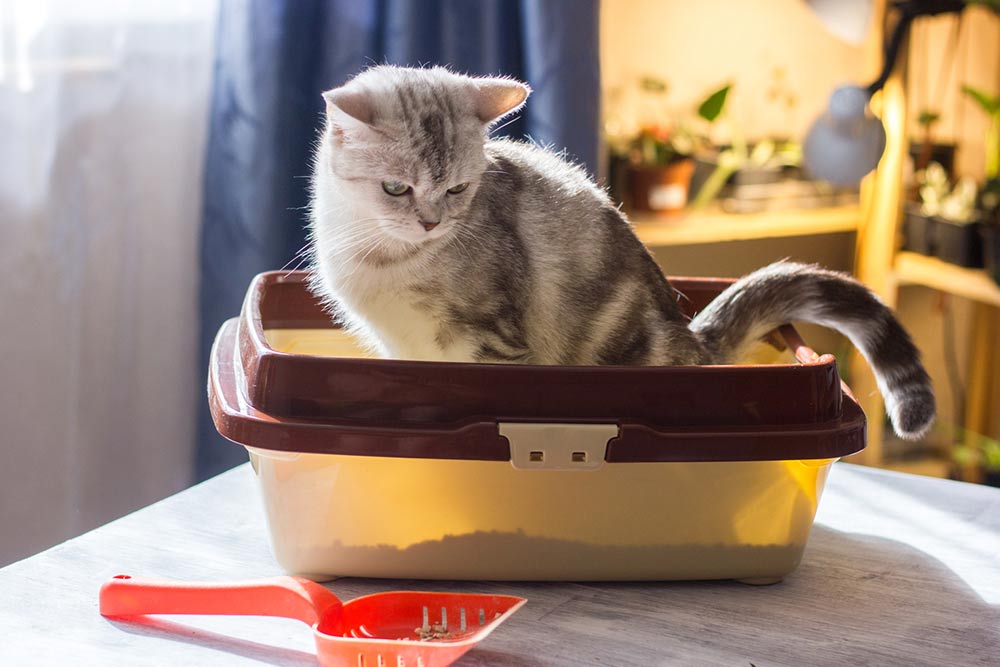9 tips for toilet training a cat

Getting a cat toilet trained may seem like a time-consuming activity, but it is a must to keep the floors and other surfaces clean. The activity requires patience and the right tactics, but once cats get used to their litter boxes, life becomes much easier for their owners. However, as cats can be quite finicky when it comes to hygiene, one can use the following tips to toilet-train them with ease:
1. Choose a box of the right size
Cats need to be comfortable in their litter boxes, or they may reject them altogether. So, while buying a litter box, cat owners should measure the cats’ height and buy a box that is at least one and a half times that.
2. Determine the preferable litter type
Cats are often particular about textures, so they may not like all types of litter. However, the only valid strategy here is trial and error. So, one should try filling up the litter box with one type of litter and see if the cat takes to it. If not, they should empty the box and refill it with some other litter until they figure out the type of litter the cat prefers.
3. Reward the cat for using the litter box
When cats know they will receive a treat for something they do, they are likely to repeat the action. So, giving them tasty treats or praising them every time they use the litter box is a great idea to toilet train them.
4. Avoid choosing noisy spots
Cats guard their spaces fiercely and avoid noisy environments. So, if a litter box is placed in a noisy room, they might never really get used to it. A quiet room without many sources of disturbance is the ideal location for litter boxes. Also, cats do not like to eat where they do their business, so one should keep litter boxes away from where they are fed.
5. Clean the litter box frequently
An unclean litter box is sure to repel a cat, so cat parents should clean the litter box frequently, preferably every day. Also, they should empty the litter box of all its contents and clean it thoroughly once a week. An effective hack for cleaning litter boxes is to soak them in a solution of hot water and unscented dish soap for a few minutes. Then, the box should be drained, washed, dried, and refilled with litter.
6. Place the cat in its litter box
This approach to toilet-training a cat may seem too simplistic, but it may work. So, one can move the cat into its litter box immediately after its meals, which is when they usually defecate. If the cat begins going outside its box, one should move it back into the box. This way, the cat can make the connection between peeing or pooping and using the litter box more quickly.
7. Avoid punishing the cat
Punishments can instill fear in cats, and they may rebel against using the litter box. When it comes to toilet training, one needs to be extremely patient with their cats and reward them for using the box instead of punishing them for not using it. Using the toilet is an acquired habit in general, so one should give it some time and effort.
8. Avoid changing the litter abruptly
As creatures of habit, cats may be put off if the litter changes all of a sudden. For this reason, it is important for cat parents to test the waters first. One way to do this is to fill another litter box with the new litter and place it right next to the old box. If the cat leaves the old box to explore the new one, this could mean it probably likes the new litter. If the cat does not like the new litter and does not explore it for a while, it is best not to continue with it.
9. Consult a vet if necessary
If a cat rejects its litter even after all these efforts, it is best to consult a vet because not adopting this habit can be unhygienic and messy for cat parents and a health concern for the cat. In such cases, vets can identify the possible reasons for the issue and help one find solutions.



